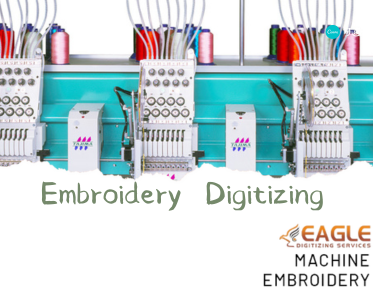Comprehensive Guide to Using the Yudu Screen Printing Machine
The Yudu screen printing machine is an excellent tool for bringing custom designs to life on a variety of fabric items. Whether you're looking to start a t-shirt business or simply create customized gifts, understanding how to effectively use this machine can be a game changer. This guide will walk you through the setup, maintenance, and tips for maximizing your Yudu screen print projects.
Getting Started with Your Yudu Machine
Unboxing and Setting Up
Upon receiving your Yudu screen printing machine, the first step is to carefully unbox and check all components against the included inventory sheet. Ensure you have the following items: the base unit, screen, emulsion sheets, squeegee, inks, transparency sheets, and adhesive sheet. Begin by setting the machine on a stable and spacious surface where you plan to conduct your printing activities.
Choosing the Right Design
Selecting the appropriate vector art design is crucial to screen printing success. Whether you create your design or source a professional, clarity and detail are key. If you require professional assistance, vector art services are available online to help refine your artwork into clean, scalable vectors.
Screen Preparation and Exposure
Coating the Screen with Emulsion
Begin by applying an emulsion sheet to your screen. Place the emulsion side down on the screen and smooth out any bubbles. Remove the protective covering and allow the screen to dry in a dark area where light cannot affect the emulsion.
Setting Up Your Design
Once dry, it's time to place your design on the transparency sheet. Position the design onto the screen where you intend to print. This step is critical as it ensures that your design is transferred correctly. Make sure it's aligned properly before moving to the exposure process.
The Printing Process
Exposing the Screen
After your design is properly positioned, use the light table included with your Yudu machine to expose the screen. The exposure time will vary depending on the complexity of your design and light intensity—refer to your machine guide for precise times. Exposure hardens the emulsion around your design, creating a stencil.
Washing Out the Unexposed Emulsion
Following exposure, you must rinse out the screen to remove unexposed emulsion, leaving only the design on the screen. Use a garden hose or a gentle showerhead with lukewarm water, taking care to not exert too much pressure as this can damage the stencil.
Finalizing and Printing
Setting Up for Your Print
Allow the screen to dry thoroughly using a fan or air drying naturally. Your workspace should be cleaned and prepped with fabric items ready for printing. Place your fabric on the adhesive sheet within the Yudu machine to ensure it stays in place during printing.
Inking Your Design
Choose your desired ink color and pour a generous line across one side of the screen. Use your squeegee at a 45-degree angle, and with firm pressure, pull the ink across the screen to cover the image area throughout your prints. It's important to maintain consistent pressure for a clean print.
Special Tips and Maintenance
Caring for Your Screens
Proper cleaning of your screens will prolong their lifespan. After finishing a print session, wash the screens immediately with cold water to remove ink. Let them air dry before storing them flat, away from direct sunlight or heat sources.
Optimizing Print Quality
Experiment with different angles and speeds when operating the squeegee to see what yields the best results. Consider using high-quality vector graphics, which you can optimize through vector conversion services to ensure your digital designs remain crisp and clear.
The Yudu screen printing machine is a versatile addition to any creative workspace, combining traditional screen printing with modern technology. As you become more familiar with its operation, you may find opportunities to refine and enhance your techniques.
Screen printing offers an unending avenue for creativity and personalization. As you develop your skills, the possibilities for unique and custom projects will continue to grow. Will advancements in digital technologies and vector conversion techniques further empower individuals in the realm of custom printing? Only time will tell, but the future looks promising.
.png)


